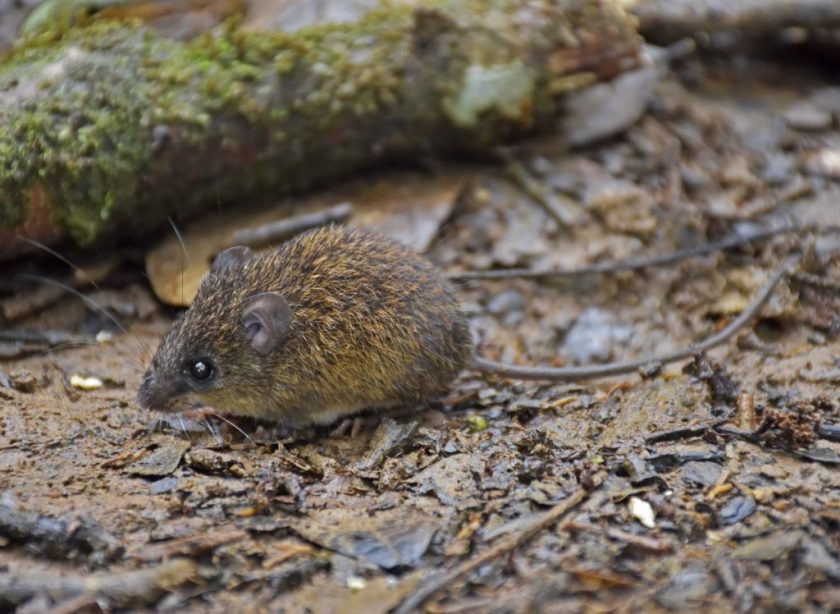Threats to pollinators and pollination services that support agriculture and provide benefits to people are a worldwide problem, recognized by intergovernmental scientific assessments, national or transnational initiatives as well as policies.
Intensive agriculture is among the principal threats to pollinator biodiversity and the crop pollination services that pollinators provide. Moreover, typically crop breeding has tended to overlook the benefits of pollination for sustained crop yields in favour of other crop traits.
Coordinated by Dr. Adam Vanbergen (INRAE) and funded by Horizon Europe, the AGRI4POL project takes an ambitious and achievable interdisciplinary and transdisciplinary approach to achieve a transition towards sustainable pollinator-friendly farming.

The project aims to deliver an integrated state-of-the-art analysis of the crop – farming system – pollinator interplay across levels of biological organisation from the crop gene to the agroecosystem.
AGRI4POL launched in January 2025 and will be running until the end of 2028.
To achieve its goals, AGRI4POL project has outlined seven objectives:
- Work with a multi-actor community on research and solutions for promoting pollinator-friendly farming.
- Evaluate crop genetics, varieties and floral traits governing pollinator attraction to stimulate breeding of future pollinator-smart crops.
- Establish the benefits of pollinator-friendly farming systems for farmers and farming.
- Optimise ecological and landscape features for crop pollination, pollinator biodiversity and multiple ecosystem benefits.
- Assess the social and economic opportunities and obstacles presented by pollinator friendly farming options.
- Evaluate how policies and practitioner awareness influence uptake of pollinator-friendly farming from national to international scales.
- Communicate and promote the benefits of pollinator-friendly farming.

Pensoft’s role
Building on its experience in communication, dissemination, and exploitation of results, Pensoft will focus on maximizing the project’s impact and long-term legacy. This encompasses a wide array of activities, ranging all the way from building a project’s visual identity and online presence and creating a podcast to translating results into policy recommendations. Moreover, Pensoft will be facilitating collaboration opportunities with other projects, leveraging on its involvement in numerous EU-funded projects. As of now, Pensoft takes part in six EU Pollinator projects, which serves well to facilitate synergies.
International consortium
The AGRI4POL consortium comprises twenty partners from fourteen European institutions. The consortium covers a wide diverse range of scientific disciplines spanning from pollinator ecology and agriculture to stakeholder engagement and communications.
- INREA
- INRAE Transfert
- Helmholtz Centre for Environmental Research – UFZ
- The University of Reading
- Wageningen University
- Wageningen Research
- Lund University
- Consejo Superior de Investigaciones Científicas (CSIC)
- Albert-Ludwigs-Universität Freiburg
- Pensoft Publishers
- Global Change Research Institute – Ustav Vyzkumu Globalni Zmeny Av Cr Vvi (CzechGlobe)
- Université de Mons
- University of Ljubljana – Univerza v Ljubljani
- Università degli Studi di Padova
- WCMC LBG – UNEP World Conservation Monitoring Centre
- Associació Paisatages Vius – Living Landscapes
- Maisadour Semences Romania SRL – MAS Seeds
- Confederazione Italiana Agricoltori
- Eidgenoessisches Departement fuer Wirtschaft, Bildung und Forschung (WBF-Agroscope)
- Swiss Association for the Development of Agriculture and Rural Areas
For update from AGRI4POL, subscribe to the newsletter on the project website!
You can also forllow AGRI4POL’s progress via its social media channels on BlueSky and LinkedIn.





























































